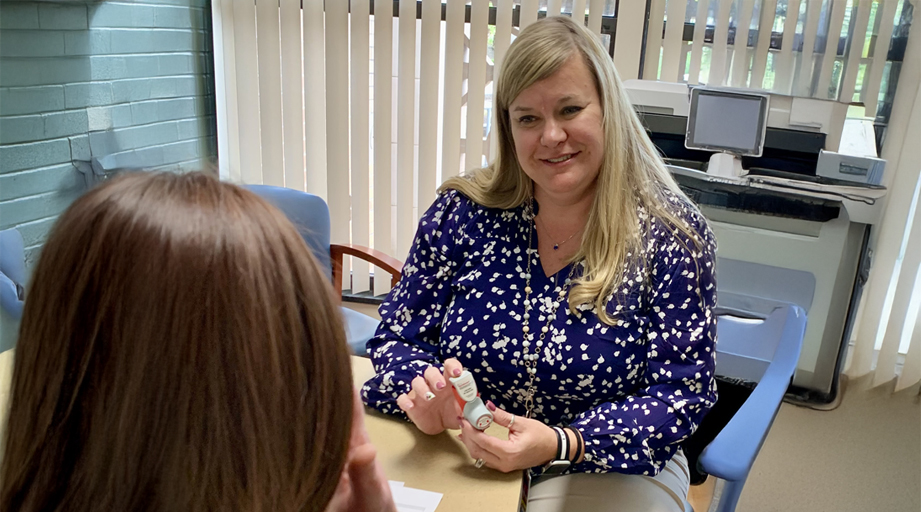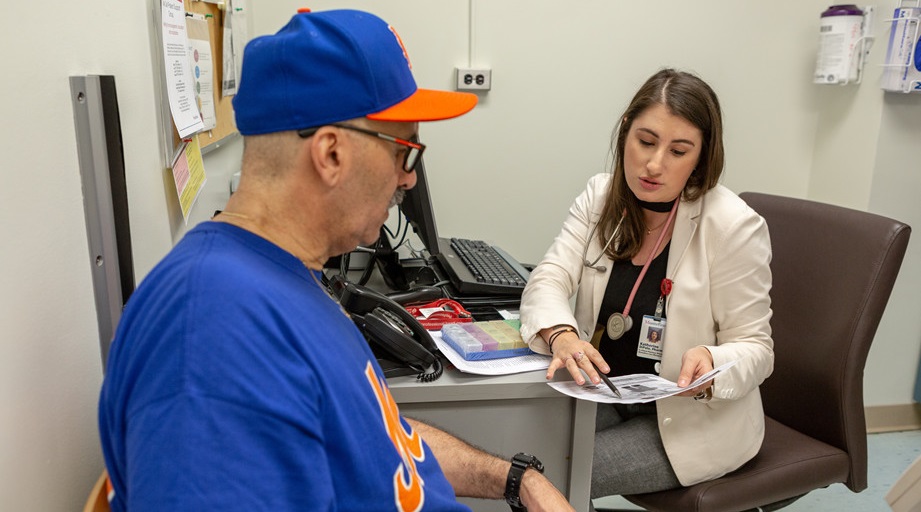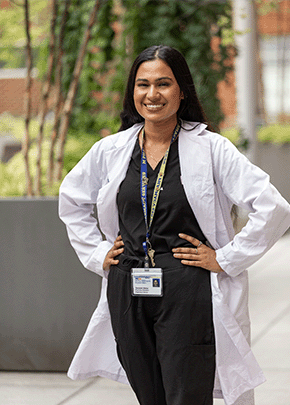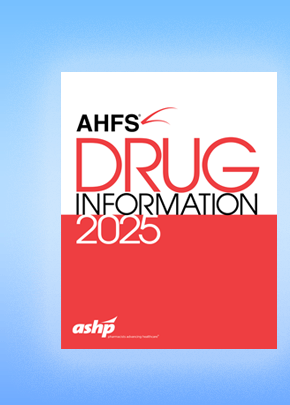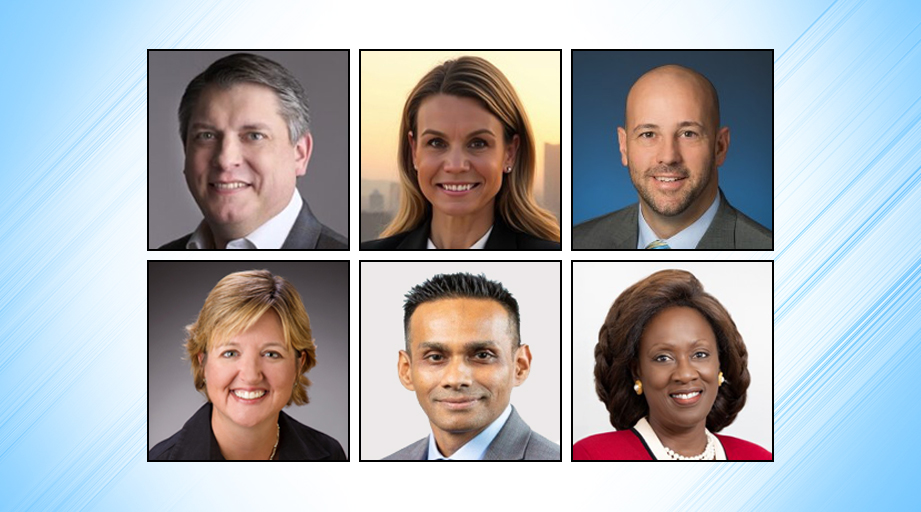
Pharmacist Melissa Frank relied on strong relationships with health-system colleagues as she advanced in leadership roles. But in recent years, Frank began to feel she was missing connections with one critical group: Fellow pharmacists who had also worked their way into health-system executive leadership — people who speak her language and likely share many of her qualities.
That's why Frank, executive director of pharmacy and interim administrator at two hospitals in the Northeast Georgia Health System, joined other system-level pharmacy executives from around the country last week at ASHP headquarters in Bethesda, Maryland.
“I always say you’re not a good pharmacist if you’re not a solid Type-A personality,” Frank said, with a laugh. “Pharmacists want all the details and always want to know what the endgame is. The thing that probably frustrates other people in my health system about me is that I’m going to ask all those questions.”
As part of ASHP’s Certified Pharmacy Executive Leader (CPELSM) credentialing program, Frank and 14 others participated in a series of deep conversations about pressing issues like the 340B Drug Pricing Program and ultra-high-cost medications.
But this May capstone also had a unique opportunity in the program’s history. ASHP’s Pharmacists in C-Suites (PICS) Advisory Committee was also meeting in Bethesda, giving CPEL participants access to system-level executives for networking and one-on-one coaching.
“We all feel like our health system is so different from others,” said Frank, who participated in a coaching session with PICS. “But to be in a room with these people and hear that everyone’s dealing with the same problems? No. 1, it’s just this kind of solidarity, right? But then also we learn from each other.”
That was exactly what ASHP wanted when leaders decided to schedule the two events during the same week, according to ASHP CEO Paul W. Abramowitz.
“This year, we saw an opportunity to create a unique event for pharmacy executives to further engage in in-person connections, mentorships, and shared learning between these two influential groups,” Abramowitz said at a joint reception last week. “Through our Leadership Center and initiatives like this, we aim to create connections that spark new ideas, broaden perspectives, and build lasting relationships across the pharmacy leadership community.”
The PICS initiative began as a pitch to ASHP from several members, including Tad Gomez, Rick Couldry, and Mike Sanborn, who saw a need to support pharmacy leaders who had moved into system-wide roles beyond the pharmacy enterprise.
“Just to be able to connect with other pharmacists,” said Gomez, president of Loyola University Medical Center. “When you’re at these levels, it can get lonely. And it’s good to have a network of people that you can tap into.”
Dave Lacknauth, executive director of pharmacy services at Broward Health in Florida, was looking for such a network when he decided to participate in the CPEL program. “We have similar challenges and opportunities,” he said during a break in CPEL activities last week. “At the corporate level, pharmacy executives have the task of translating pharmacy outside of the pharmacy, in order to influence health-system change."
Effective communication is critical for health system advancement, he said, since medication management, particularly amid a predicted increase in specialized advanced therapeutics, has become such a significant part of what hospitals must do well. He said he’d been captivated by the CPEL discussions on operational and financial considerations surrounding ultra-high-cost medications in the pipeline.
“Just listening to the questions being asked and understanding different perspectives is pretty powerful,” said Lacknauth.
Another CPEL participant, Elizabeth Oyekan, vice president of pharmacy and imaging services and chief pharmacy officer at Stanford Health Care in California, said that pharmacy’s emerging role at the forefront of healthcare was a key reason she participated.
Pharmacy leaders “have to be at the front and center of what’s going on,” she said. “You cannot have a more informative group of people who understand first and foremost, the importance of pharmacy in the healthcare space and what we can do but also to come up with solutions. What are some of the solutions we can do together to raise the tide for all of pharmacy? It’s going to start in these rooms.”
New PICS member Carrie Morton, a system vice president, Centers of Excellence, and chief pharmacy officer at Deaconess Health, had reached out to pharmacy executive contacts over the years as she took on new roles outside of pharmacy. Having a more formal mechanism for networking and discussing key topics was a positive step for her.
Morton said she left Bethesda with a detailed list. “We all take a lot of notes because usually someone around the table has something that they’ve tried or something new,” she said. Her one-on-one coaching sessions with CPEL members, which covered such issues as potential career ladders and succession planning, were as illuminating for her as the mentees.
“I feel like I learned just as much from them as hopefully they took from me,” said Morton.
Gomez said he thought it was important to tell the CPEL members he coached that his career journey “wasn’t all wins.
"I applied to several positions and got told no before I ever got told yes,” he said. “And you just have to learn from that.”
Such personal lessons, along with the detailed conversations about health care issues, are key to helping pharmacists step up in new leadership roles, said Couldry, vice president of pharmacy and health professions at University of Kansas Hospital.
“We understand working directly with providers and patients. We understand cross collaborating within a team. And we understand supply chain and revenue cycle, finance and business development, even more so in the last 10 or 15 years since the ambulatory pharmacy world has become such a significant driver of care and financial success,” said Couldry. “So having a program like this helps us take what we know and have the confidence to step outside the boundaries of pharmacy.”


